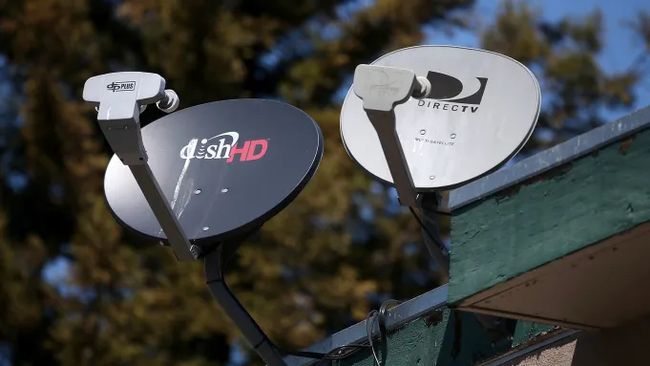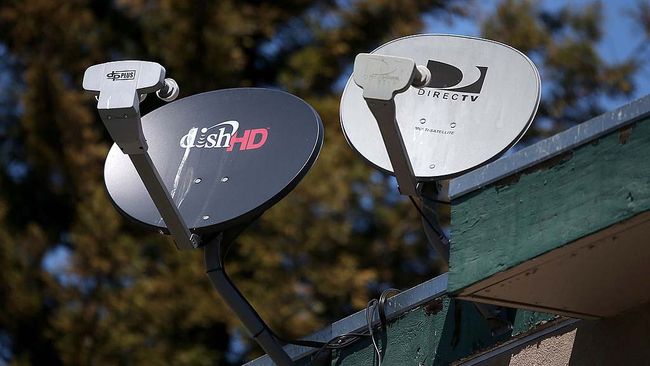Wolk: ’Attribution’ vs. ‘Multitouch Attribution, Better Know the Difference
TV[R]EV co-founder and lead analyst Alan Wolk takes us deep into the advanced advertising sales tunnel to explore a ubiquitous but murky business term
If you’ve been following the TV industry over the past few years, you’ve no doubt come across the term “attribution” mentioned as a (relatively) new way of measuring the effectiveness of television advertising.
![Alan Wolk is co-founder and lead analyst for media consultancy firm TV[R]EV](https://cdn.mos.cms.futurecdn.net/kicrxiBTXiMr9emSCWZrbU-320-80.jpeg)
You may also have heard it referred to as “multitouch attribution” or “business outcomes,” and that’s probably where it started to get murky. Were business outcomes different than attribution? Was multitouch attribution different than regular attribution? How many touches made something multitouch?
As someone who is frequently on the receiving end of all these questions, I can assure you that you were not the only one—confusion about attribution is pretty widespread.
So here’s a quick explanation of what attribution is, how it works and what you should look for.
What Is Attribution?
At its most basic level, attribution is a way of tying advertising to sales results using data.
Digital players have long made use of something known as “last touch attribution” which is exactly what it sounds like—a look at the last ad a person saw before actually making a purchase, often because they clicked on the actual banner ad.
NEXT TV NEWSLETTER
The smarter way to stay on top of the streaming and OTT industry. Sign up below.
TV ad execs looked at those metrics and realized that they were often grossly inaccurate. Or, to put it another way, no one was buying a BMW because they saw and then clicked on a single banner ad. They knew that sales was a funnel-like process that took place over time and that consumers were exposed to a number of ads throughout that funnel.
Fortunately, this realization coincided with the birth of a number of companies that could apply more rigor to the available data sets, looking at criteria like what ads the viewer had been exposed to over time and what ads they’d seen at different stages of the sales funnel. (That’s where the “multi-touch” part comes in.)
How Attribution Works
Companies providing the metrics look at various sources of viewing data—ACR (Automatic Content Recognition) data from smart TVs is the most popular source as it provides second-by-second viewing data from a variety of sources, along with the ability to identify the IP address of the household doing the viewing which allowed them to track that viewer in a privacy-compliant manner.
That data is then cross-referenced with data around sales lift from households who saw the ad.
This is where it gets tricky.
Sales lift can be defined loosely—did sales go up in areas where the ad ran?
It can also be defined far more tightly—did someone in a household that saw the ad make a store visit, go to the brand’s website, search for the product online, make a purchase?
The voyage through the sales funnel can be tracked that way too—which ads/which outlets/how many exposures proved to be most effective at getting people to google the product to learn more? What combination proved most effective at getting people to take the next step—a visit to the website or physical store? What led them to make the actual purchase?
Understanding that data can help brands make better media buys and spend their marketing dollars far more effectively.
What To Look For In An Attribution Provider
The first step in evaluating a provider is to look at the level of analysis they are performing on the viewership data.
Are they looking at comparing the effect of your brand’s advertising versus your competitors? (e.g. does your competitors’ advertising result in a higher conversion rate than yours? Does it vary according to which creative unit they are running? What about what network, region or daypart?)
Are they looking to see whether your ads also drove sales for your competitors (aka “category lift.”)
How far back are they looking to gauge results, e.g., a data set that looks at a five year trend in sales across a category is going to be far more valuable than one that just looks at your own results over the past six months.
Are they looking at households that have only seen your ads? Households that have only seen your competitor’s ads? What about households that have seen neither? Both?
Those distinctions and the potential differences in results between them can prove incredibly valuable, in that it can help brands to understand the most receptive audiences and whether they need to heavy up to counter their competitors advertising or whether increased spending by their competitors provides category lift, in which case they can ease up on spending.
Know Your Data
Data can be a wonderful tool, but only if it is used correctly. The business outcomes that can be tracked by companies using multitouch attribution has helped brands to appreciate the value of TV advertising, which has far more emotional resonance than display advertising. Understanding TV advertising’s effect on business outcomes is valuable to traditional brands and to newer DTC brands, who are used to relying on more granular metrics and have thus become big fans of attribution..
That said, remember that the value of any given metric is only as good as the data behind it. Don’t be afraid to prod and poke at the companies providing you with attribution metrics to make sure that the results you’re getting are worth the money you’re investing in them.
Alan Wolk is the co-founder and lead analyst for media consultancy TV[R]EV










